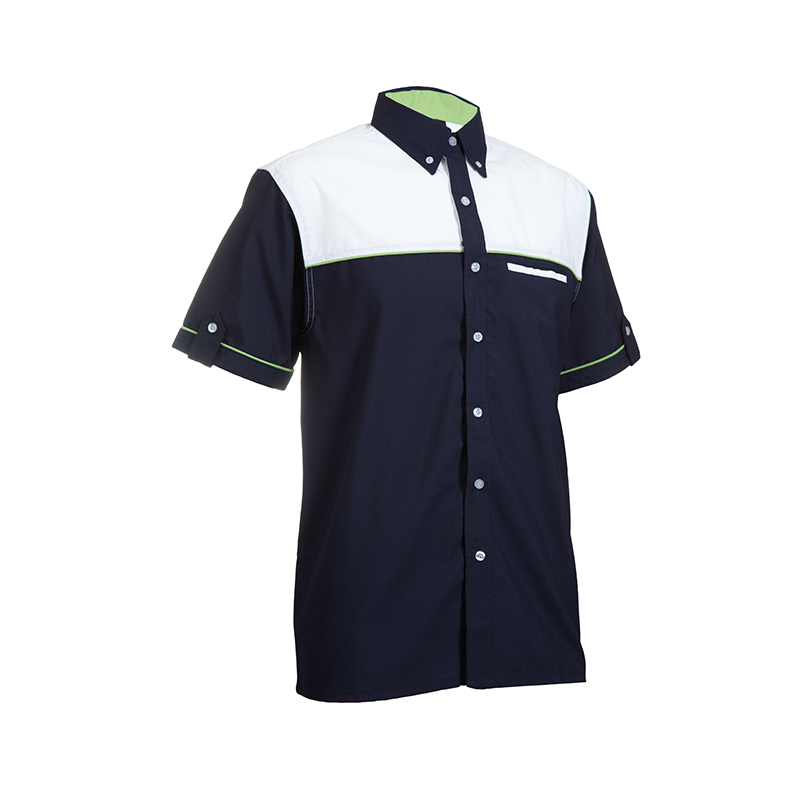uniform suppliers
designing uniforms
Perhaps a blend of poly-cotton for toughness? But remember, not all heroes wear capes; sometimes they do require meticulous care like ironing and proper maintenance. Uniforms aren't just clothes but are also canvasses which depict the story of an organization.
But, wearers' ease of wearing isn't a factor. The incorporation of a logo to a uniform is a craft as well as a trip.
It’s about setting sail with a sturdy design, navigating through the choices of size, placement, and material, and anchoring your brand’s identity firmly in the minds of customers. Why does fabric matter?
It’s a tried-and-tested location, always in sight, always beating with the rhythm of brand identity. Innovative ideas and innovative approaches will help you discover new areas of brand recognition and visibility.



